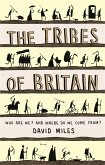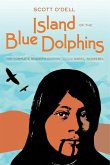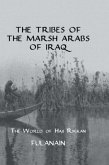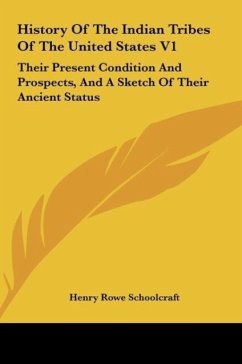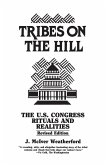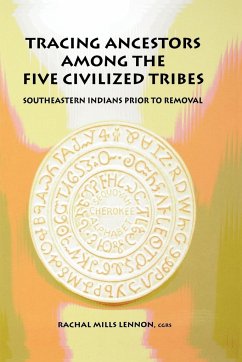The people we know as the Celts were an Iron Age culture that originated in central Europe, probably around modern-day Hungary, Southern Germany and the Czech Republic, some three thousand years ago. They were groups of distinct tribal peoples who shared a common language and culture that thrived until they were confronted by an aggressive and expansionist Roman Empire set on conquest.This book traces their many migrations westward over the following centuries, and their advances into the Atlantic coastal regions, especially into countries like France, Spain, Portugal, Belgium, Britain and Ireland, largely replacing the Neolithic people that formerly occupied these territories. These migrations were rarely peaceful and as a result the Celts were widely regarded as warlike and inherently aggressive.The book describes the many inter-tribal and territorial confrontations that occurred during the Roman period. It explains the fighting methods, tactics and style of Celtic warfare as well as the warrior leaders like Boudicca, Brennus, Ambiorix and Vercingetorix, and others who emerged to resist Roman incursions. Despite fierce resistance, in the end, little of that great culture survived intact. Many of these tribes were savagely and purposely exterminated as a matter of policy, others were Romanised to become reluctant citizens of the Roman Republic, and only those whose territories lay in the northern and western extremities of the Empire - in the British islands, Ireland and Brittany in North-West France, avoided total subjugation.Several hundred of these ancient Celtic and other related tribes are included here. Although each had its own distinct identity, they shared a common culture with a widespread and unifying system of religious belief largely held together by Druids. The tribes described in the book include Gauls, Germans, Galatians, Lusitanians, Britons, Picts, Cambrians and Caledonians, among many others.
Hinweis: Dieser Artikel kann nur an eine deutsche Lieferadresse ausgeliefert werden.
Hinweis: Dieser Artikel kann nur an eine deutsche Lieferadresse ausgeliefert werden.



